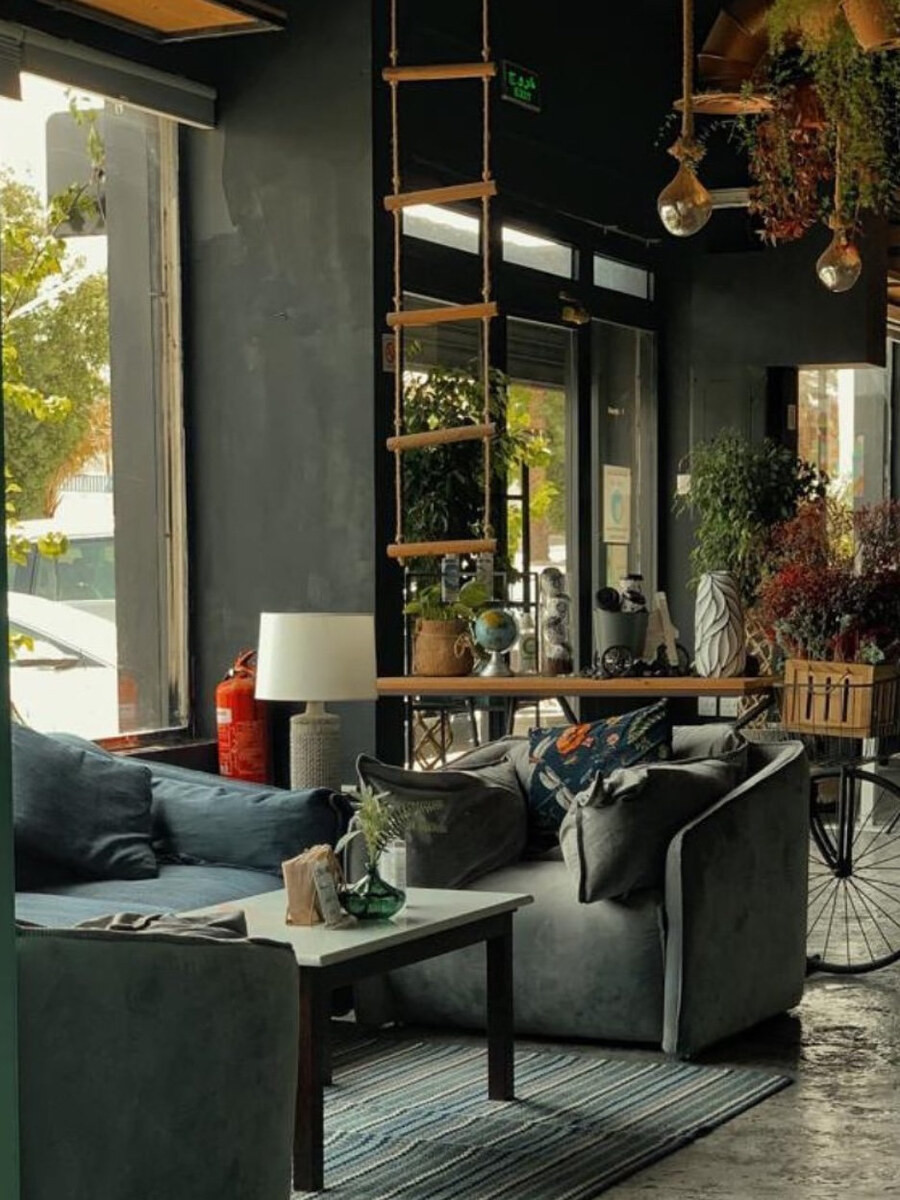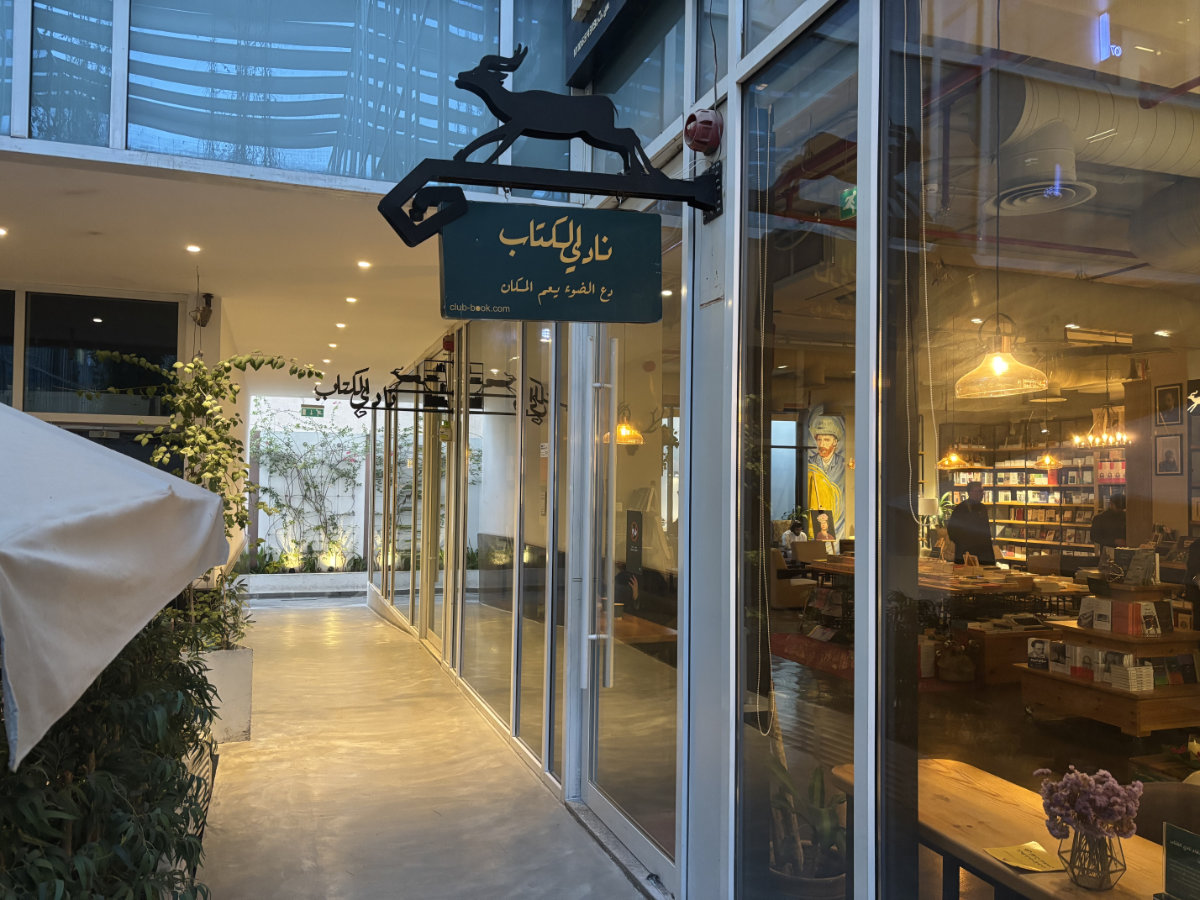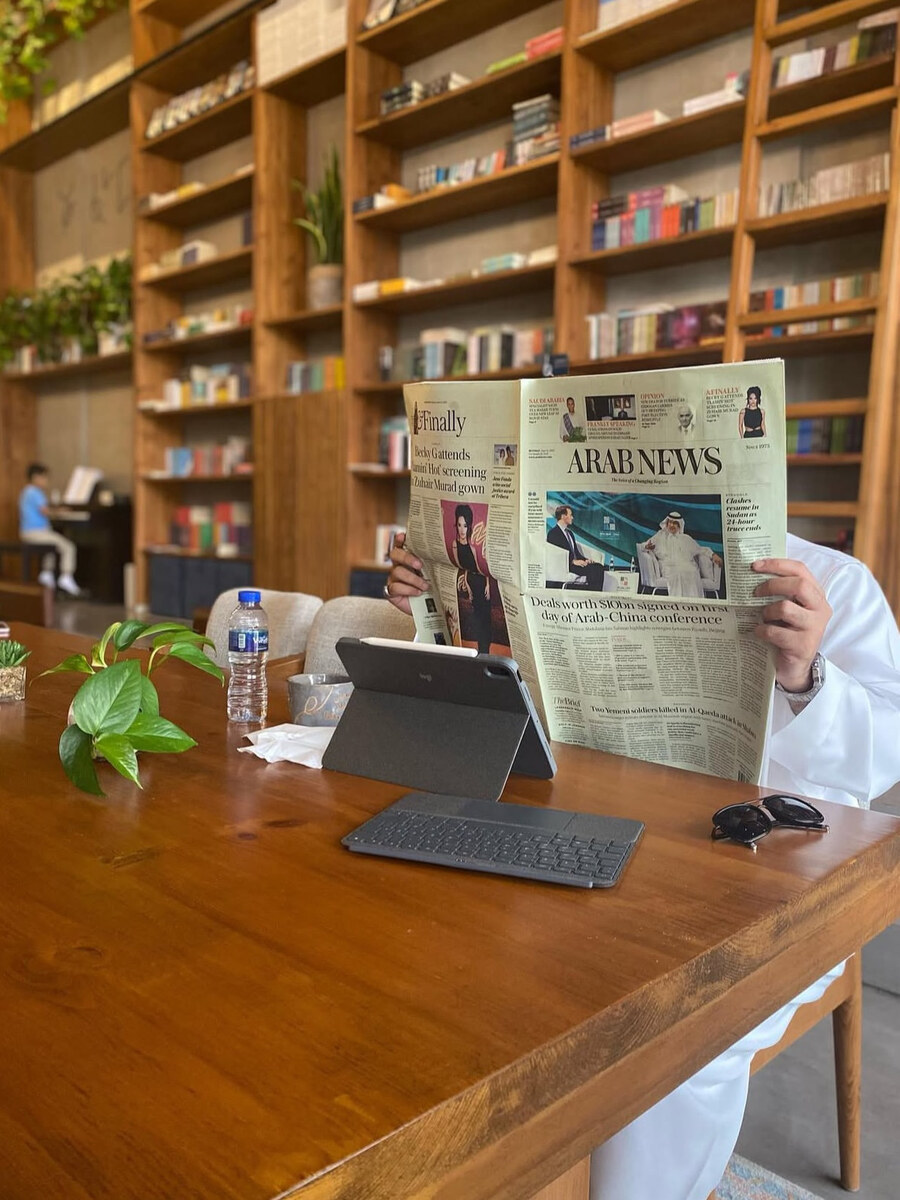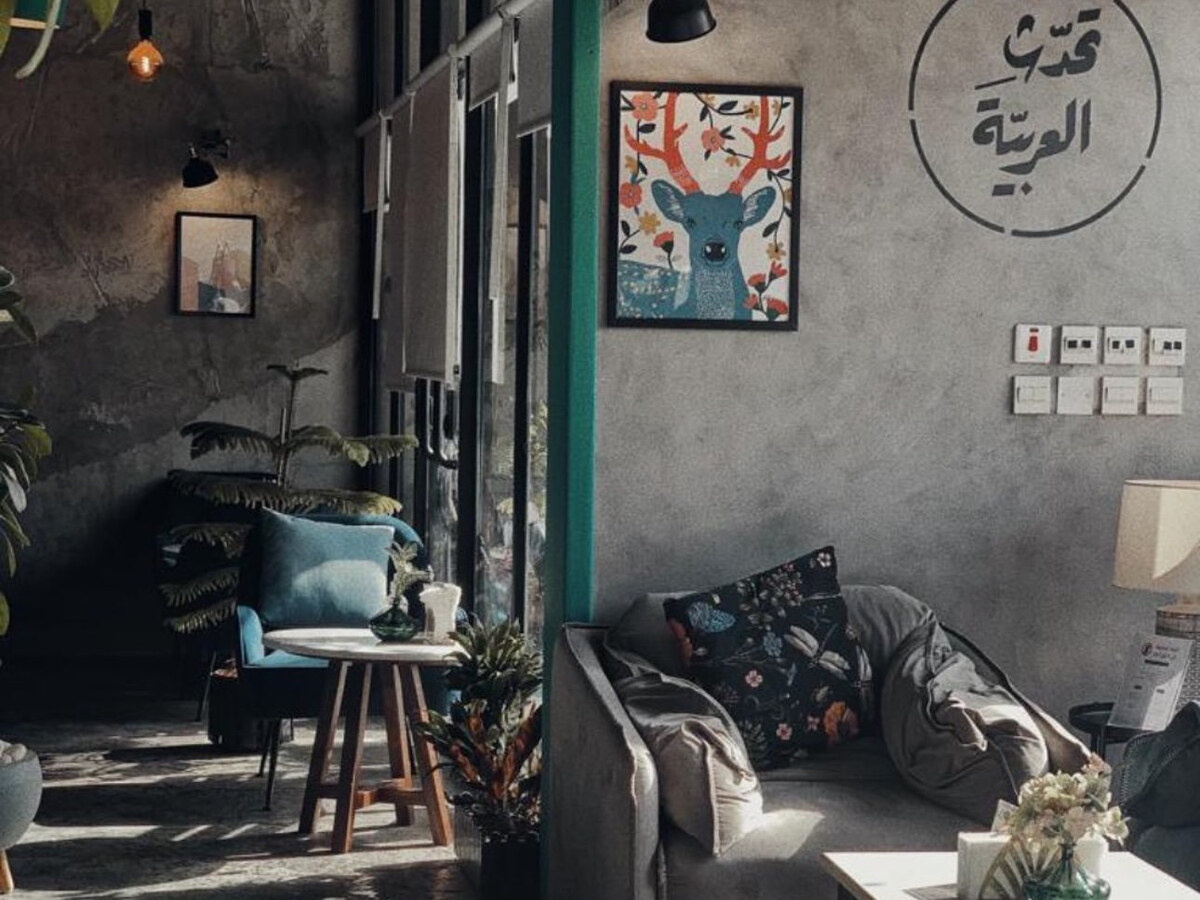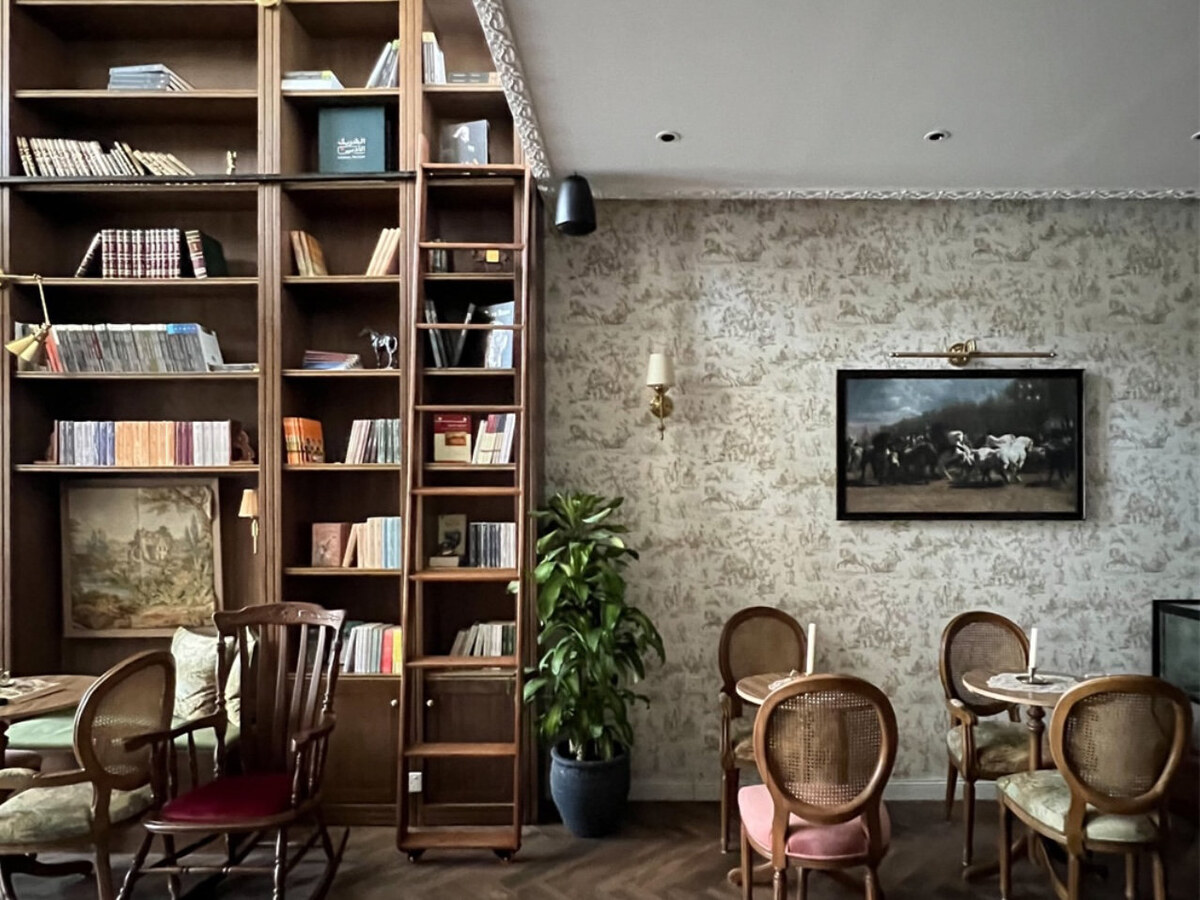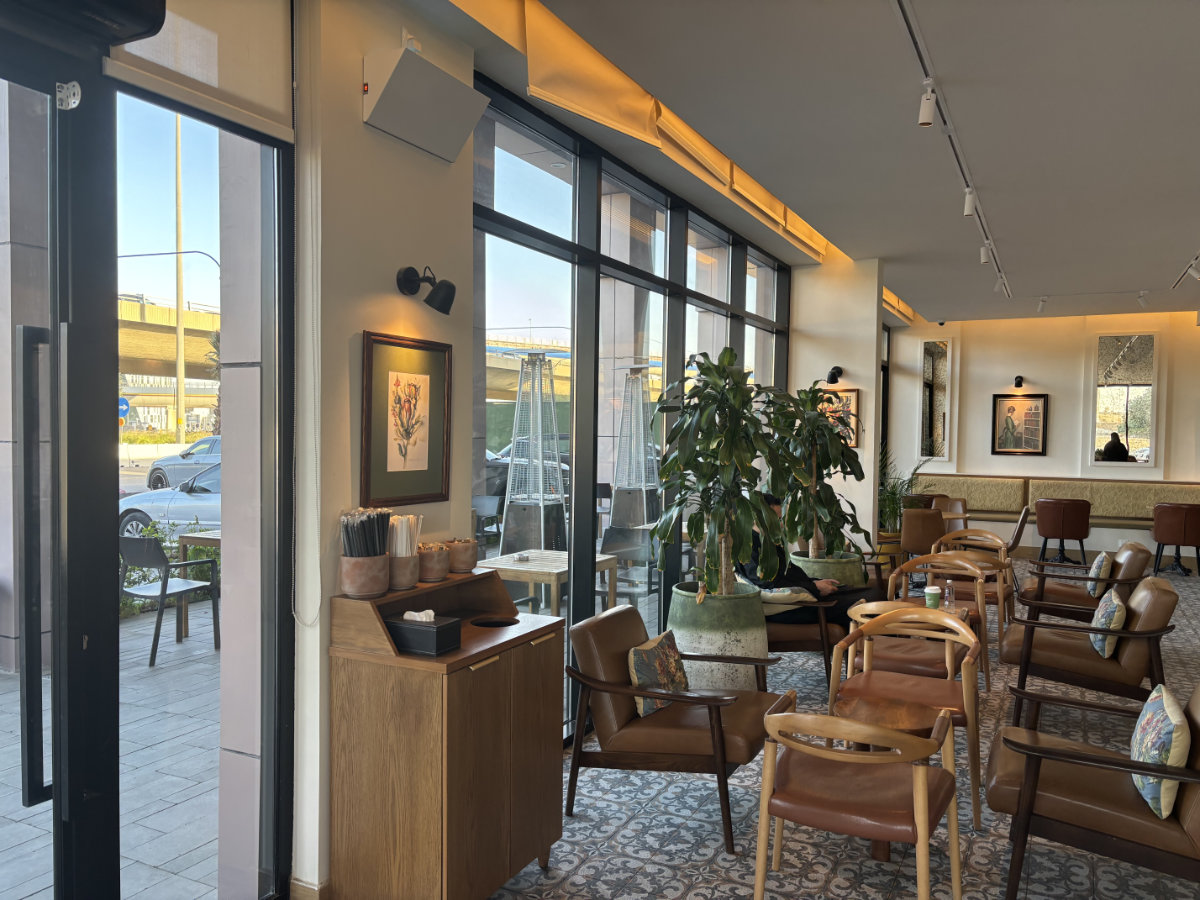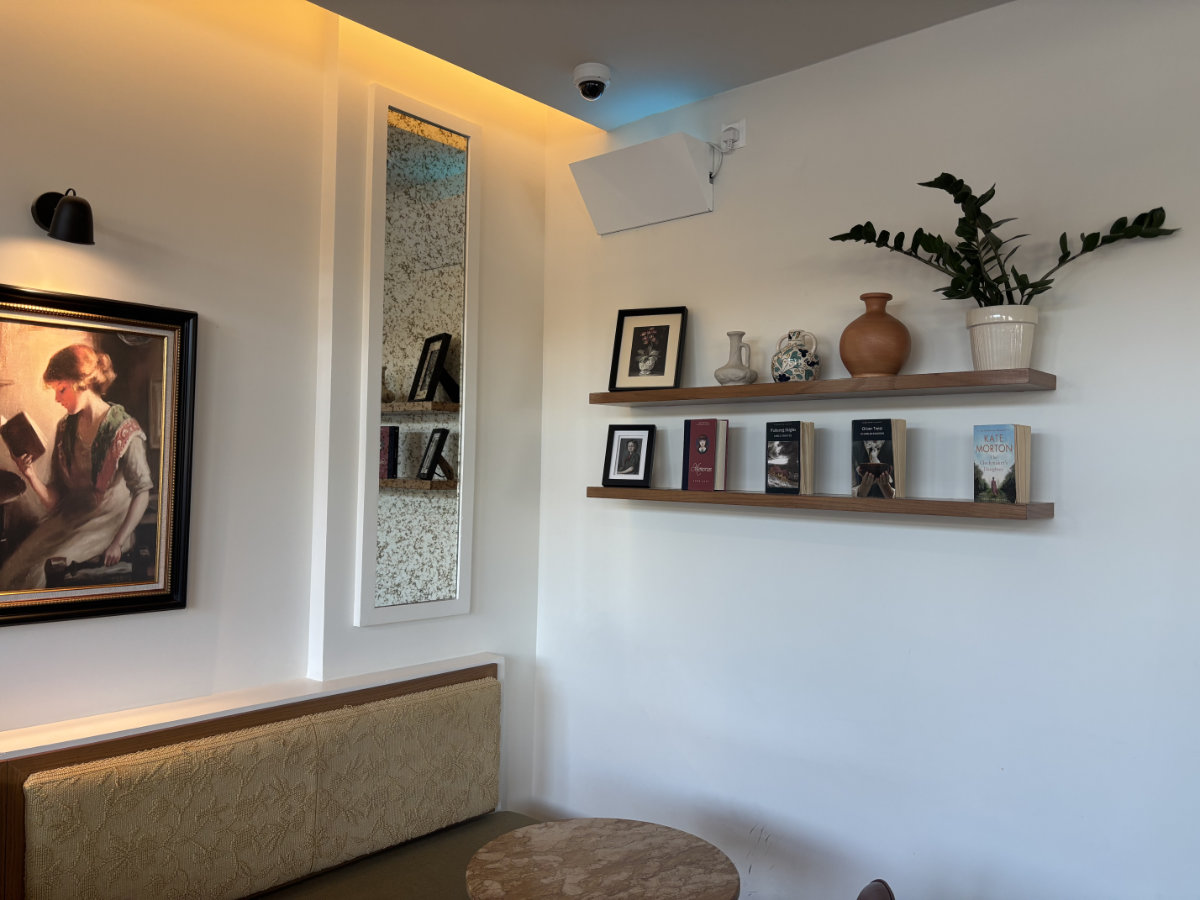RIYADH: As the 2018 ‘Saudia’ Ad Diriyah E-Prix gets underway at the stunning UNESCO World Heritage site of Ad Diriyah, Prince Abdulaziz Bin Turki AlFaisal Al Saud, Vice-Chair of the Saudi Arabia General Sports Authority, speaks about the biggest festival of Formula E racing action, culture, international music acts and entertainment the Kingdom has ever seen.
Q: Why Formula E, and why now for Saudi Arabia?
Saudi Arabia is racing into the future with Formula E as we open the Kingdom to the world in a transformation that is being supercharged by the Vision 2030 plan, driven forward by Crown Prince Mohammed Bin Salman.
Our ambitious new future is one built on social, economic and technological development and Formula E comes to Saudi at a pivotal time as progress plans are being implemented. The transformation includes a sustainable sports industry, one economic pillar which holds the keys to unlocking the country’s vast potential.
The Kingdom is innovating too, opening up new sectors for development from tourism to technology while sport and entertainment lie at the heart of the transformation. So, it’s very fitting as Formula E spans all these. That’s why we have a long-term partnership.
Q: How important an event is this for the Kingdom?
Formula E for Saudi Arabia is more than an exciting race, it is bigger than a single sporting event, it’s legacy reaches beyond the track into the community. This will be a festival that will unite and excite, both through the sporting action and the incredible line-up of culture and arts, entertainment and some of the world’s biggest names in music, David Guetta, OneRepublic, The Black Eyed Peas, Enrique Iglesias, Amr Diab and Jason Derulo. We want to bring fans and families from around the world together here in Ad Diriyah.
Even this venue has its own important story to tell, a place steeped in history that it makes this one of the most unique motorsport events ever staged. Ad Diriyah is a UNESCO heritage site, it’s a hidden jewel we are proud to show to the world. And fittingly, Formula E and our 10-year partnership, is a catalyst for conservation for us and for this beautiful place, once the home Saudi kings it runs deep in the country’s roots.
For us, it is a celebration of our past, a recognition of our present and a signpost to our future under Vision 2030. It is the start of a legacy which will excite, educate and inspire the community. Creating a better future for all, promoting safer driving on the roads and an inclusive future in which all have access.
Q: This will be the first time Saudi Arabia has invited international fans to travel to the Kingdom, tell us more about that?
The Ad Diriyah E Prix will see fans from around the globe able to come to Saudi Arabia without restriction to watch this epic sporting and entertainment spectacle, with action on the track and global superstars performing on stage, through our new event visa platform called Sharek, with that your ticket is your visa.
It is a truly game-changing moment for Saudi Arabia and it makes this welcome one of the warmest I have ever given.
To date, hundreds of international tourists have purchased their ticket at http://fiaformulae.com/Ad-Diriyah and secured their visa. We have travellers coming from 70 countries worldwide. That global mix of race fans and adventurous tourists hail from Europe, Central and South America, Africa, the Caribbean and Asia, including China, Japan and Singapore.
So far, the USA holds the top spot for the largest number of visa holders, followed by the United Kingdom, Russia and Germany.
Q: Will this put Saudi Arabia on the global sporting map?
Saudi is now open to the world (especially through our new visa platform) and open for business. We recognize the power of sport more than ever and the potential for the nation to play an even bigger part on the world stage.
Formula E joins sporting powerhouses such as WWE, ATP Tennis and European Tour Golf who have forged long-term partnerships with the KSA as we seek to achieve our goals under Vision 2030.
So, Saudi is very much making its presence known on the sporting map, and this is just the latest in a series of game-changing you can expect to see – live as a fan – inside the Kingdom.
This is the first time Formula E has been staged in the Middle East, but that’s not the only debut happening is it?
Formula E is a race of firsts, both for us and for the motorsport. It will be the first time the championship has been staged in the Middle East, the first time the teams compete in the Gen 2 car, the first-time women drive competitively in the Kingdom and the first-time fans from around the world can visit Saudi.
With all these firsts come opportunities, a new car, new experiences and new ways for Saudi and motorsport to work together.
Formula E is a commitment to the future with sustainable technology at the heart of the event, reaching into the community and inspiring future technicians and engineers to pursue research and renewable energy. It sums up our new direction under Vision 2030.
Q: This is the start of a long partnership with Formula E, what do you see on the horizon?
The 2018 ‘Saudia Ad Diriyah E-Prix’ is the first in a 10-year partnership between ABB FIA Formula E Championship, the General Sports Authority of Saudi Arabia (GSA) and the Saudi Arabian Motor Federation (SAMF).
It is the freshness of Formula E, the openness and the will to write new chapters in the history of motorsport worldwide that made it so attractive to us. This is a friendship, a long-term partnership that will see growth in both Saudi Arabia and within the sport. As it evolves so will we and vice versa.
This event and all that surrounds it, from welcoming world-class teams to the global TV coverage, represents a watershed moment that is expected to break viewership records for the sport.
Formula E is used to breaking new ground in motorsports, taking racing where it’s never been before, New York, Hong Kong, Rome. Now the utterly unique UNESCO World Heritage site of Ad Diriyah takes that to a new level.
Q: Is there a passion for racing in Saudi Arabia?
The passion for motorsport in the Kingdom runs deep, we love cars and now happily we can all love driving. I speak as one who was so swept up by that love, I became a professional racing driver and pursued my dreams on the track. That strong connection to the sport lives in the hearts of many fans in Saudi Arabia, young and old, male and female.
To be hosting not just a world-class racing event, not just a season opener but also a significant evolution for Formula E here in Saudi on home soil is a dream come true for many. This is for the fans and the families. This is for those who, as I did, have a vision of their future in racing, whether that be behind the wheel or behind the scenes.
We know that sport is for all, and that is very much enshrined in Vision 2030. For the General Sports Authority this is in our very DNA, and we cannot wait for the entire community to share in this moment, to enjoy it, to be thrilled by it, and be bonded in their excitement and enthusiasm.
On December 13, exciting fan zones, entertainment and cultural attractions, plus unique dining and retail experiences will be awaiting Formula E ticketholders at Ad Diriyah, the UNESCO Heritage Site on the outskirts of the Saudi capital, Riyadh, in the build-up to the 2018 ‘Saudia’ Ad Diriyah E Prix.
The evening of December 13 will see Enrique Iglesias and Jason Derulo kick off the first of three incredible nights of music concerts for fans. The following day, December 14, Arab music legend Amr Diab and globally-renowned pop band Black Eyed Peas will delight the audience. And, on December 15, race day, following the exhilarating 2018 ‘Saudia’ Ad Diriyah E Prix, US smash hit OneRepublic and superstar DJ/producer David Guetta will bring the event to an electrifying finale.
But its legacy will live beyond the three days of December 13 to 15. Prince Khalid bin Sultan Al Faisal Al Saud, President of the Saudi Arabian Motor Federation, explains why…
Q: What do you think the impact of the ‘Saudia’ Ad Diriyah E-Prix will be on Saudi Arabia?
Our staging of Formula E this year is the start of a legacy that over the next 10 years can inspire so much, from the sheer thrill of sport and the togetherness of sharing such moments as families, as fans and as a community, to the opportunity to reach beyond the track.
Over the course of the 10-year partnership with Formula E, Saudi Arabia is signaling its commitment to the future of sustainable technology.
Formula E is more than just a race to be the best – its mission is to be a competitive platform to test and develop road relevant technologies, it helps to refine the design and functionality of electric vehicle components and it wants to accelerate the transition and uptake of clean transportation on a global scale.
We embrace this vision and we will be working closely with the Championship to inspire the next generation of technicians and engineers within Saudi Arabia.
Children who watch this exciting first race should be working in the industry over the course of our next decade together. Ideally, speaking selfishly as the head of the Saudi motorsport federation, they’ll be competing and winning for the pride of Saudi Arabia on the track too.
Education and opportunity will grow from the seeds planted here in Ad Diriyah. This will change lives and will change perceptions, both for the sport and of Saudi Arabia.
Q: Formula E is all about electric cars, but Saudi Arabia doesn’t have this yet in the Kingdom, so why the partnership?
Our electric dream is young here in Saudi, but we are invested and we are investing.
In January, our Saudi Electric Company signed a deal with Nissan, the Tokyo Electricity Holding Company, and Takawaka Toco, to develop charging stations for Saudi Arabia. Our authorities are well-advanced too with regulation for licensing electric vehicles to drive on our roads.
And very recently, our Public Investment Fund (PIF) invested with Lucid, a US-based electric car maker, as well as owning a stake in Tesla. So, we are putting our money where our mouths are. You will see electric vehicles in Saudi Arabia in the very near future.
Alongside our investment in cleaner driving, we are invested also in safer driving for all in Saudi Arabia. That is why we wholeheartedly support the FIA Action for Road Safety campaign of the Federation Internationale De L’Automobile.
In fact, there could not be a better time for this message to come to Saudi Arabia as a new generation of drivers takes to our roads. Good habits encouraged today will ensure our future will be a safer one for all behind the wheel.
A future-facing motorsport set in a truly historic setting, tell us more about the venue, Ad Diriyah and the technical aspects of hosting this race?
The seeds planted in Ad Diriyah are already growing, the track is taking shape, all with the approval of UNESCO, it is progress and preservation in one.
For us, this stunning location is a jewel and our country’s roots run deep here, and we are excited to share this treasure with the world.
The race will be totally unique and in technical terms will be another step change. For the championship we are creating the world’s first four-storey semi-permanent structure to house teams and engineering crews. And it is our intention that many young minds in Saudi Arabia will see and share in the amazing knowledge and skills that will be on display there during the Ad Diriyah E Prix.
Where we stand now will be transformed too, in no small part thanks to the energy and drive given to us under Vision 2030 and His Royal Highness Crown Prince Mohamed Bin Salman. Our team spirit will see the dream realised with stands for thousands of fans from Saudi Arabia and from across the world. This historic site will see entertainment, concerts, food and beverage outlets from simple to world-class fine dining. This will be an event for all with packages to suit all budgets.
This is year one but we will set the bar high, we want all who come to be amazed by what they see. We are determined that fans and families will be amazed, they will be entertained, and they will be happy they were part of the first step in our journey with Formula E.
Q: What does this mean to you, as the head of the Saudi Arabian Motorsport Federation?
This event marks an evolution in racing in the Kingdom. The passion is deep, from karting to rallying, it has grown. This year saw fans watch the epic Race of Champions, staged in Saudi Arabia for the first time at the King Fahd International Stadium here in Riyadh in February – that was the first time in the event’s 30-year history that it had taken place in the Middle East.
The Ad Diriyah E Prix is another milestone in our burgeoning motorsports industry in the Kingdom. And as the drivers accelerate up the longest stretch of any track in Formula E so will our dreams for motorsport accelerate.
We truly are racing into the future with Vision 2030.

























